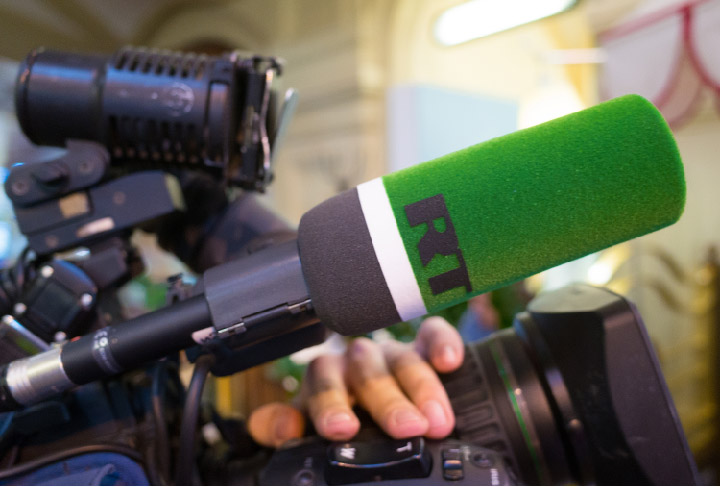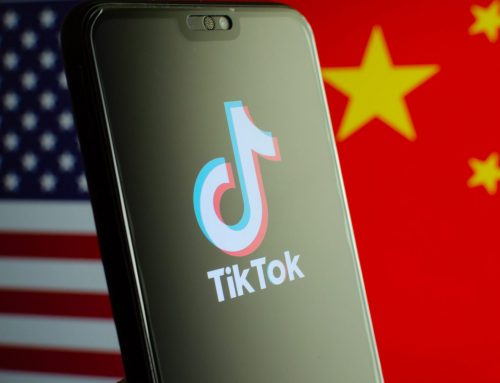As with most major dates in World War II, Russian diplomatic and government accounts last week put out a spate of messaging marking the Nazi invasion of Poland on September 1, 1939 and, more significantly, the recently changed date Russia recognizes as the end of the war, September 3, 1945. Notably, September 3 is a day later than most of the world identifies as the end of World War II, but includes the Soviet operation to take the Kuril Islands and matches the date China recognizes. As usual, this content emphasized Soviet contributions and sacrifices in the war, celebrated the Allied victory, and included warnings against the “falsification of history.” Chinese government officials and state media also emphasized World War II (known in China as the Chinese People’s War of Resistance Against Japanese Aggression) historical memory narratives, in particular highlighting cooperation with Russia to “safeguard WWII results.” Alongside the more conciliatory messaging about the need for China and the United States to “recapture the spirit of cooperation” established in World War II, Ministry of Foreign Affairs spokesperson Hua Chunying put out a series of tweets with veiled threats to those who might try to interfere in China’s internal affairs. U.S. bashing was a central theme in China’s messaging on other topics, as Hua blasted Secretary of State Mike Pompeo for criticizing China, questioned U.S. government “interference” in Australia, and warned of possible “accidents” amid increasing escalations in the South China Sea. Russia’s other major messaging push last week was to deny involvement in and attempt to discredit Germany’s determination that opposition leader Alexei Navalny had been poisoned by a Novichok nerve agent, portraying the announcement as a Russophobic “hoax” with geopolitical goals. There was also some amplification of embattled Belarusian President Alexander Lukashenko’s claim to have intercepted a conversation between Warsaw and Berlin that seemed to cast doubt on the Navalny poisoning. Iran last week again focused mainly on regional issues, including continued critiques of the UAE-Israeli deal with the promotion of the hashtag #UAEstabsMuslims. The Supreme Leader also peddled anti-Semitic content painting Jared Kushner as the connective thread between “Zionist elements” in the United States and Israel on several of his Twitter accounts, including in English and Farsi.
The views expressed in GMF publications and commentary are the views of the author alone.








